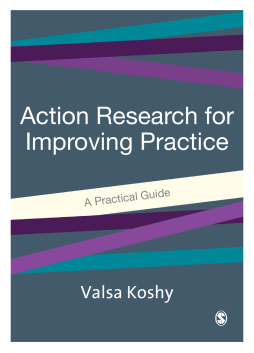
Additional Information
Book Details
Abstract
For busy teachers doing further study or a time-pressed trainee teacher writing a dissertation, this concise guide takes the reader through all the stages in carrying out action research. Based on her extensive experience of supervising researchers at all
Table of Contents
| Section Title | Page | Action | Price |
|---|---|---|---|
| Prelims (Contents Notes on the contributors Foreword Acknowledgements) | |||
| Introduction | |||
| Part One | |||
| The approach | |||
| Emphasis on evaluating ‘contribution’ | |||
| Other defining elements of the methodology | |||
| Planning and management | |||
| Part Two | |||
| Data collection tools and methods | |||
| Overall design | |||
| Step 1: Preliminary investigation | |||
| Step 2: Quantitative methods design: household and community surveys | |||
| Step 3: Qualitative methods design: semi-structured interviews and group work | |||
| Step 4: Preparing to work with communities | |||
| Step 5: Sampling | |||
| Step 6: Field data collection | |||
| Part Three | |||
| Step 7: Preliminary analysis of quantitative data | |||
| Step 8: Preliminary analysis of qualitative data | |||
| Step 9: Developing a narrative of evidence and change | |||
| Step 10: Conclusions: Contribution to Change | |||
| Step 11: Finalization and use of the report | |||
| Back Matter (Glossary References and further resources Annexes) |
